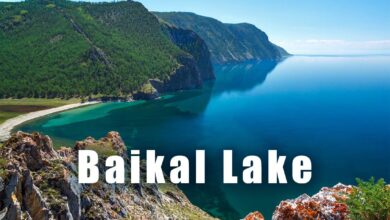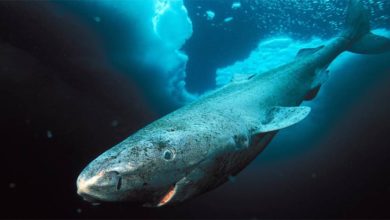The Great Green Wall: A Beacon of Hope for the Sahel
The Great Green Wall (GGW) is a monumental and transformative initiative led by the African Union to address some of the continent’s most pressing environmental and socio-economic challenges. This ambitious project aims to create a mosaic of green and productive landscapes across the Sahel, a belt of land stretching from the Atlantic coast of West Africa to the Red Sea in the east. The primary objective of the GGW is to combat desertification, land degradation and climate change while promoting sustainable development and improving the livelihoods of millions of people living in this arid and semi-arid region.
Background and Rationale
The Sahel region is one of the most vulnerable areas in the world to climate change and environmental degradation. It is characterized by harsh climatic conditions, including extreme temperatures, erratic rainfall, and prolonged droughts. These conditions have been exacerbated by human activities such as overgrazing, deforestation, and unsustainable agricultural practices, leading to severe land degradation and desertification. The consequences are dire: reduced agricultural productivity, food insecurity, loss of biodiversity, and increased poverty.
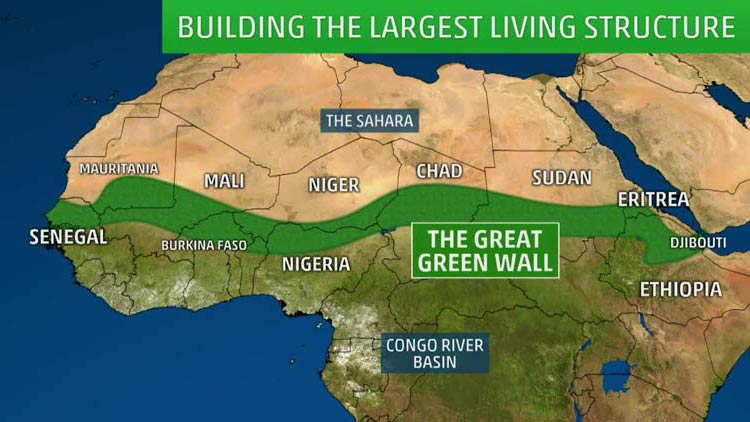
Vision and Scope
The vision of the Great Green Wall is to create a continuous band of vegetation, approximately 8,000 kilometers (4,971 miles) long and up to 15 kilometers (9.3 miles) wide, spanning 11 countries from Senegal in the west to Djibouti in the east. However, the GGW is not just about planting trees; it encompasses a broader landscape restoration approach that includes sustainable land management, agroforestry, water management, and the promotion of alternative livelihoods.
Goals and Objectives
- Restoring 100 million hectares of degraded land.
- Sequestering 250 million tons of carbon dioxide.
- Creating 10 million green jobs by 2030
- Combat Desertification: Restore degraded lands and combat desert encroachment.
- Enhance Biodiversity: Promote the preservation and recovery of native flora and fauna.
- Improve Livelihoods: Create jobs and improve food security for local communities.
- Climate Change Mitigation: Sequester carbon and improve resilience to climate impacts.
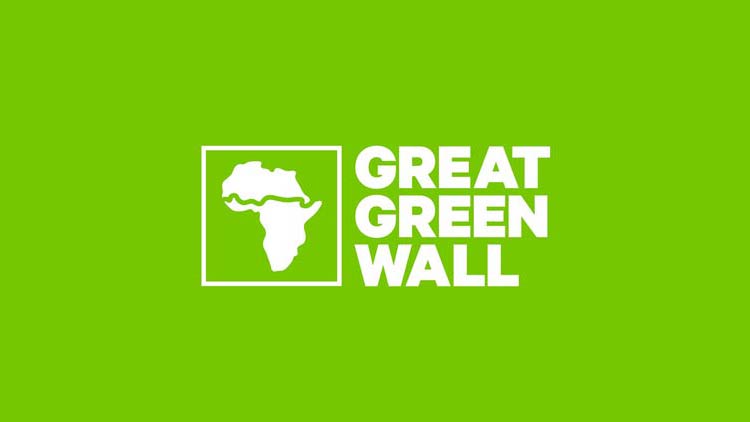
Implementation and Progress
The initiative involves 22 African countries and has garnered support from various international partners, raising over USD 14 billion to date. Despite these efforts, progress has been slow, with only about 18 million hectares of land restored so far, representing approximately 18% of the target. The project has faced challenges such as security issues, lack of water, coordination difficulties, and insufficient long-term monitoring.
Broader Impact
The Great Green Wall aims to address several critical issues:
- Climate Change: By restoring vegetation, the project helps in sequestering carbon and mitigating climate change effects.
- Food Security: Improved land conditions lead to better agricultural productivity, enhancing food security for millions.
- Economic Opportunities: The creation of green jobs and the development of sustainable livelihoods help reduce poverty and migration pressures.
- Biodiversity: The initiative promotes biodiversity by creating diverse ecosystems that support various plant and animal species
Geographic Scope
- Length: Approximately 8,000 km (4,971 miles).
- Width: Variable, typically aiming for 15 km (9.3 miles) wide green zones.
- Countries Involved: Senegal, Mali, Burkina Faso, Niger, Nigeria, Chad, Sudan, Eritrea, Ethiopia, and Djibouti.
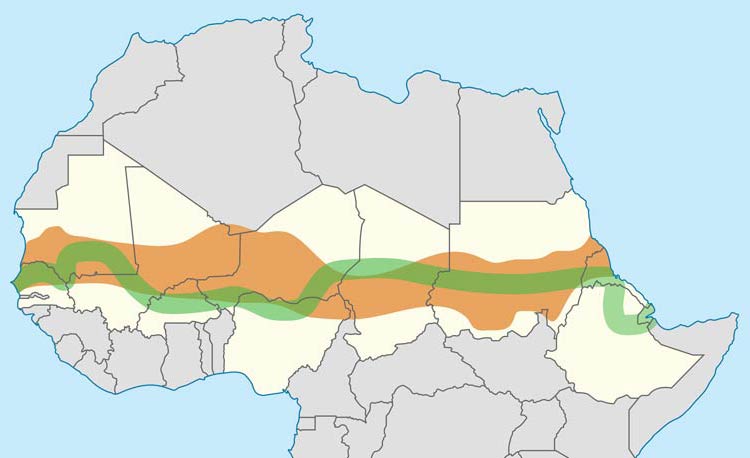
Achievements and Progress
- Restored Land: Over 20 million hectares (49 million acres) of degraded land have been restored.
- Job Creation: Over 350,000 jobs have been created for local communities.
- Carbon Sequestration: Approximately 300 million tons of carbon dioxide have been sequestered.
Key Features
- Planting Trees and Shrubs: Native species are planted to restore ecosystems and support biodiversity.
- Water Management: Building wells, reservoirs, and irrigation systems to support agriculture.
- Agroforestry Practices: Integrating trees and shrubs into agricultural systems to improve soil health and crop yields.
Challenges
- Funding: Securing consistent and adequate funding remains a major hurdle.
- Political Stability: Ensuring cooperation and stability across multiple countries with varying political climates.
- Climate Change: Ongoing climate impacts, such as increased temperatures and unpredictable rainfall, pose significant challenges.
Future Plans
- Expansion: Plans to extend the initiative to cover more areas and involve additional countries.
- Community Engagement: Increasing efforts to involve local communities in planning and implementation.
- Sustainable Practices: Emphasizing sustainable land management practices to ensure long-term success.
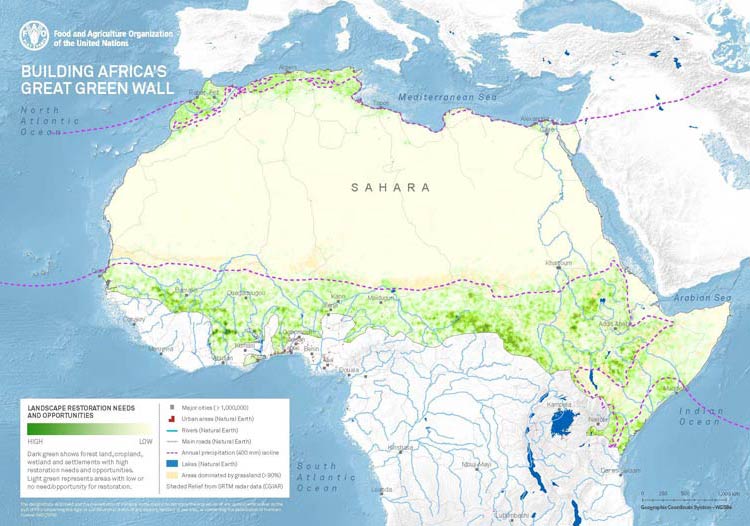
Challenges and Future Directions
Despite its successes, the GGW faces several challenges, including securing adequate and consistent funding, ensuring political stability and cooperation among participating countries, and adapting to the ongoing impacts of climate change. Addressing these challenges requires a multi-faceted approach that includes strengthening institutional capacities, enhancing community engagement, and promoting innovative and sustainable practices.
The future of the Great Green Wall lies in its ability to adapt and expand. Plans are underway to extend the initiative to cover more areas and involve additional countries. Increased emphasis is being placed on community involvement, recognizing that the success of the GGW depends on the active participation and ownership of local populations. By fostering a sense of shared responsibility and stewardship, the GGW aims to create a sustainable and resilient landscape that can withstand the test of time.
The Great Green Wall is not just an environmental project; it is a symbol of hope and resilience, demonstrating the power of collective action and the potential for positive change. As the initiative continues to evolve and grow, it holds the promise of a greener, more prosperous future for the Sahel and beyond.
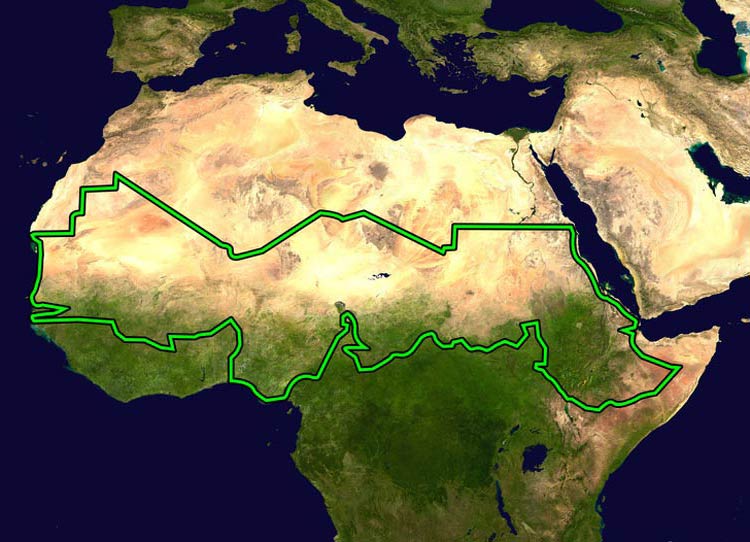
Recommended
- Fauna of Africa
- African lion
- Asian lion
- African elephant
- African forest elephant
- Asian elephant
- Moose
- Owls
- Parrots
- Giraffe
- Gorillas
- Zebroid
- Zebra
- Giant anteater
- Lizards
- Toucans
- Lemurs
- Gaur
- Aardvark













